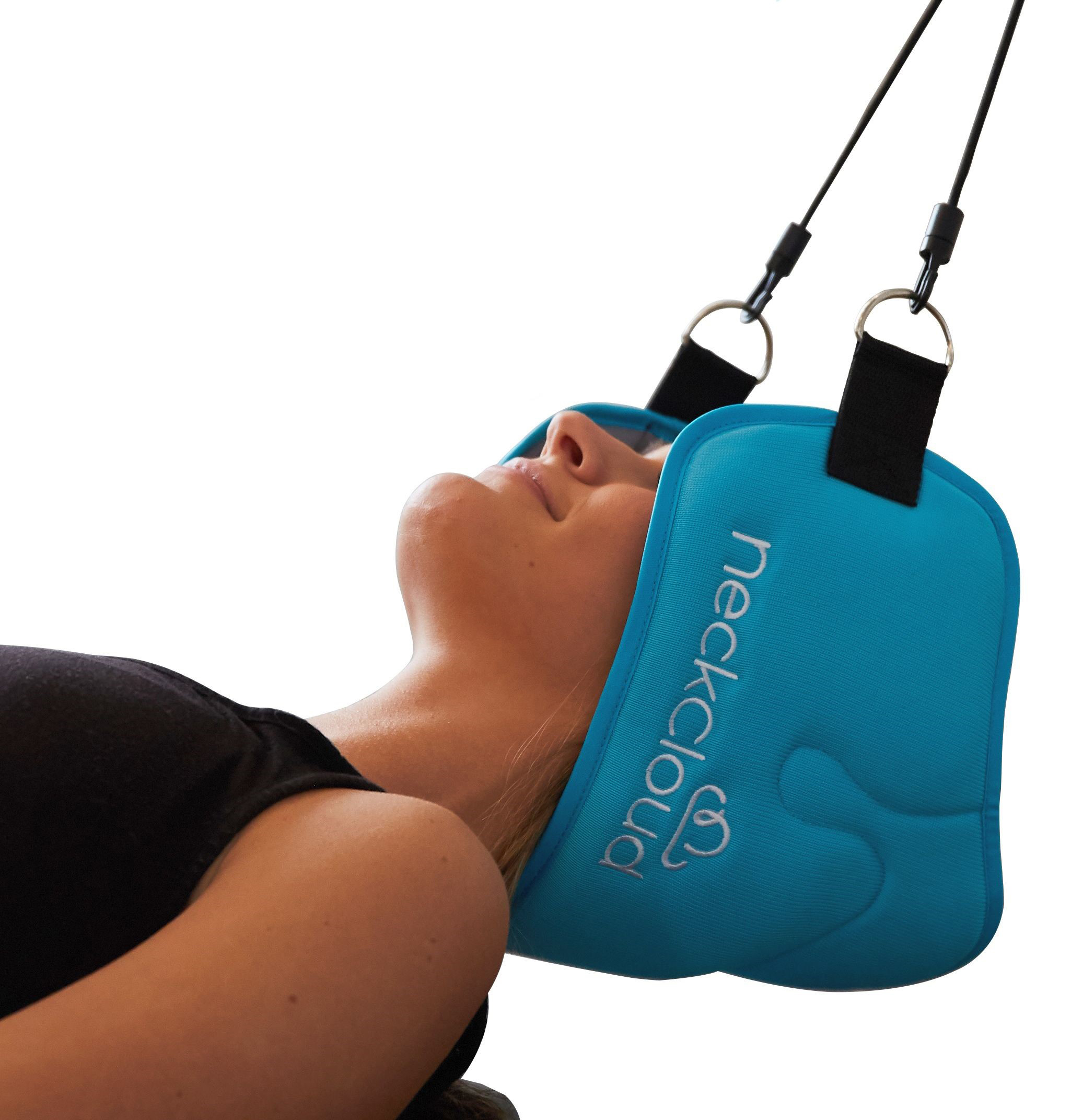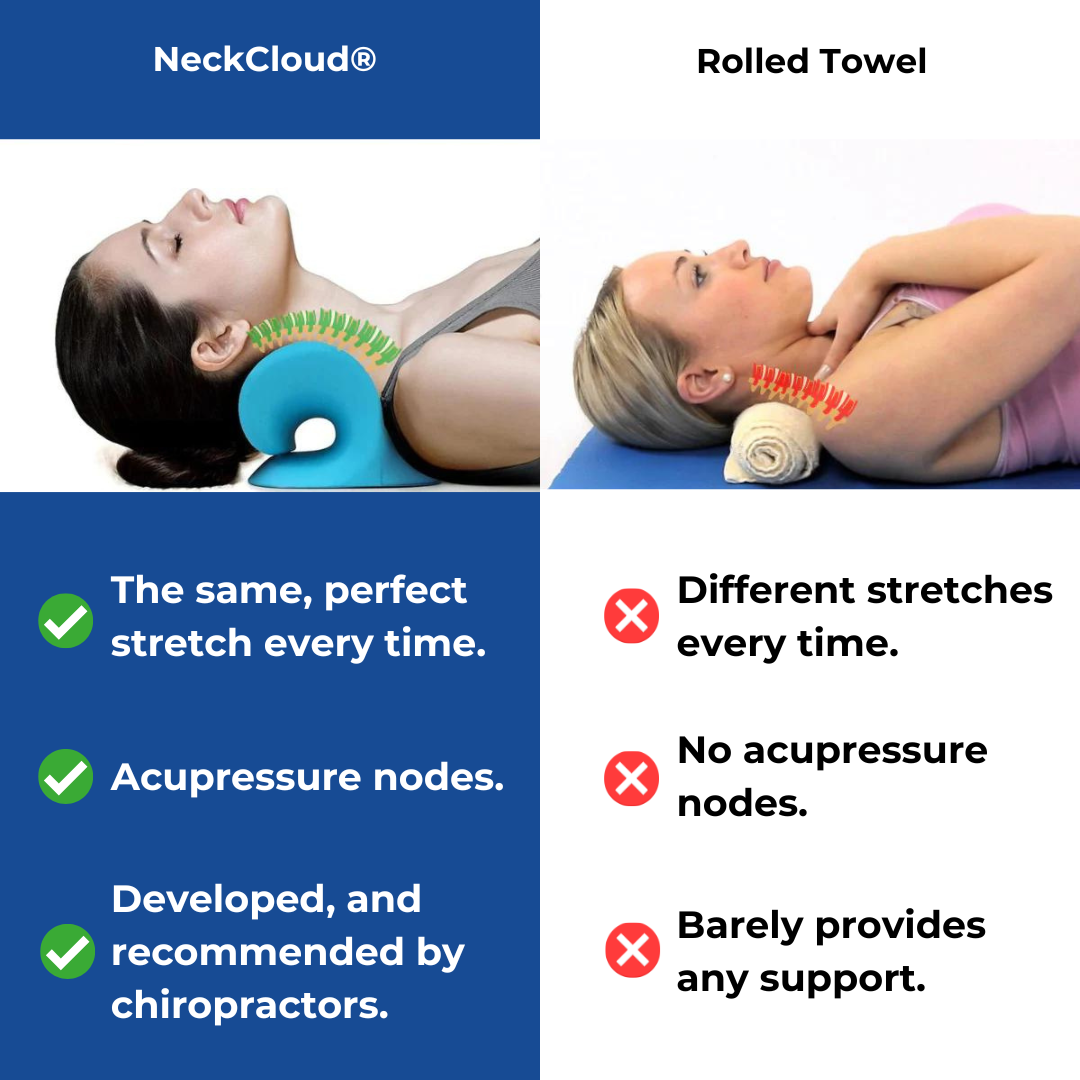Discover Neck Cloud: A Basic Option for Neck Discomfort and Stress
Discover Neck Cloud: A Basic Option for Neck Discomfort and Stress
Blog Article
Neck Discomfort in the Work Environment: Recognizing Danger Aspects and Applying Ergonomic Solutions
Neck pain in the office is a prevalent issue that can affect employee wellness and productivity. By comprehending the various risk aspects contributing to neck discomfort and implementing ergonomic options, companies can develop an extra helpful work setting.
Usual Sources Of Neck Discomfort
Neck discomfort in the workplace is a common issue that can be associated to several usual causes. In addition, repetitive movements such as regular bending, twisting, or reaching can additionally add to neck pain over time.

Ergonomic Danger Variables
Poor ergonomics in the office can dramatically add to neck pain among workers. Factors such as inappropriate desk elevation, poor chair assistance, and unpleasant positioning of computer displays can all contribute in the development of neck pain. When employees are compelled to sit for extensive periods ready that stress their neck muscles, it can bring about stiffness, discomfort, and much more significant bone and joint problems over time.
Furthermore, poor ergonomic practices can result in workers adopting uncomfortable stances while working, such as craning their necks to see a computer system display or getting to annoyingly for a computer mouse or keyboard. neck cloud. These repeated movements and unnatural settings can place undue tension on the neck and surrounding muscle mass, leading to discomfort and lowered performance

Workdesk Configuration Recommendations
To minimize the threat of neck discomfort and pain, there are a number of workdesk arrangement suggestions that staff members should take into consideration. Make sure that the computer system display is positioned at eye degree to protect against straining the neck by looking up or down.
It is also crucial to have adequate lighting to minimize eye pressure, as scrunching up your eyes or leaning ahead can result in neck tension. Arrange the workdesk design to maintain regularly used things within arm's reach, restricting the demand for recurring turning or reaching movements. By implementing these desk setup referrals, staff members can produce an extra ergonomic work Learn More Here area that sustains neck wellness and decreases the risk of developing work-related neck discomfort.
Stretching and Exercise Tips
To maintain flexibility and reduce muscle tension in the office, including stretching and exercise routines can be valuable for total health and performance. Straightforward desk-friendly stretches can help ease neck discomfort and avoid rigidity. Neck rolls, shoulder shrugs, and gentle side-to-side neck stretches are reliable in relieving stress. In addition, including workouts like chin tucks, shoulder blade presses, and top back stretches can help enhance muscles that sustain great position.
Establishing suggestions or using apps that trigger movement can assist develop a regular stretching routine. By prioritizing these activities, you can enhance your physical well-being, minimize the risk of neck pain, and boost your overall productivity in the office.
Significance of Regular Breaks
In a busy workplace where demands can add to physical stress like neck discomfort, developing a regimen that highlights the relevance of regular breaks is paramount (neck cloud). Taking normal breaks throughout the workday is essential for stopping and minimizing neck pain. Long term periods of sitting or repeated tasks can lead to muscle mass about his tension and stiffness in the neck and shoulders. By including time-outs into the work routine, staff members can reduce the risk of creating neck pain and improve overall comfort and productivity.
Regular breaks permit workers to rest their muscles, stretch, and turn, avoiding tightness and advertising much better circulation. Urging staff members to take quick breaks every 30-60 minutes can help decrease the accumulation of tension in the neck and shoulders. These breaks can additionally function as an opportunity for staff members to practice relaxation methods or mild neck stretches, better promoting bone and joint health. Implementing a society that values and focuses on regular breaks can have a significant influence on reducing neck pain and improving overall well-being in the workplace.
Conclusion
In final thought, dealing with ergonomic danger factors and executing appropriate workstation setups are necessary in lowering neck discomfort in the workplace. By promoting great posture, giving adequate see post assistance, and encouraging routine breaks and stretches, companies can produce a much healthier and more productive work setting for staff members. Prioritizing employee wellness through ergonomic options is crucial to protecting against pain and improving overall work environment complete satisfaction.
Neck discomfort in the office is a common issue that can affect staff member well-being and productivity. By recognizing and addressing these typical reasons of neck discomfort in the work environment, companies can take proactive actions to create a more comfortable and ergonomic job environment for their staff members.
Poor ergonomics in the work environment can substantially contribute to neck discomfort amongst employees. By executing these desk setup suggestions, staff members can create an extra ergonomic work space that sustains neck health and decreases the danger of establishing occupational neck discomfort.
Neck rolls, shoulder shrugs, and mild side-to-side neck stretches are efficient in soothing stress.
Report this page